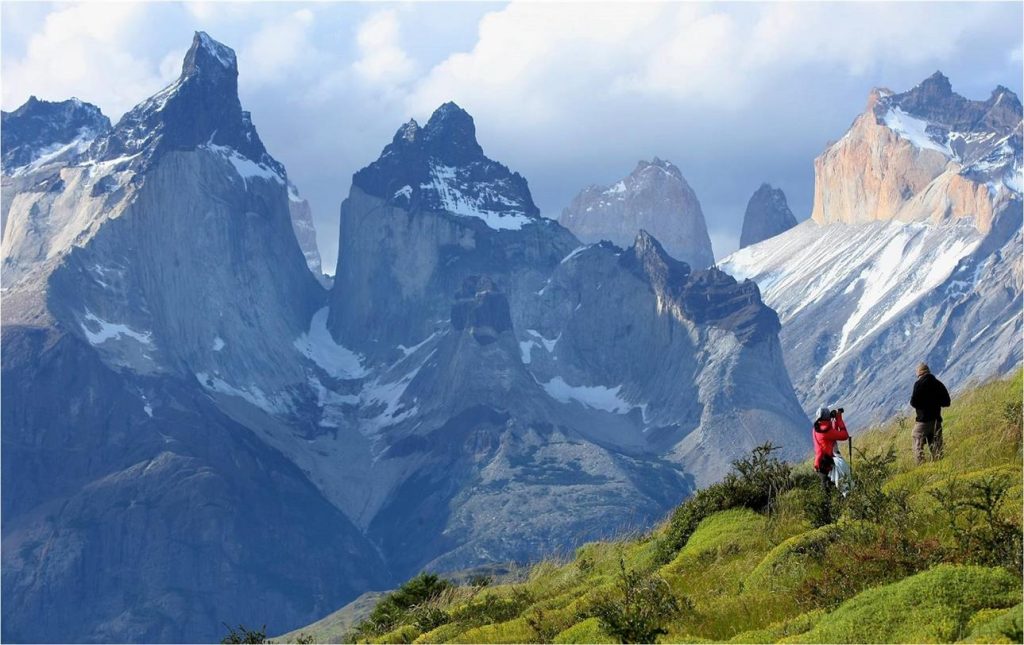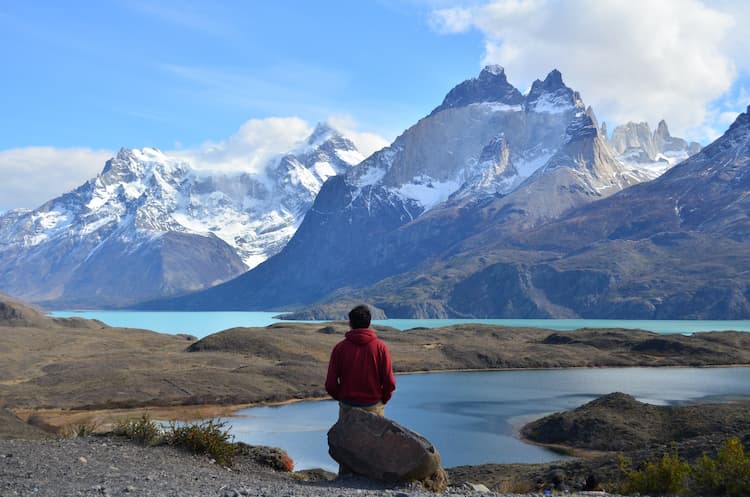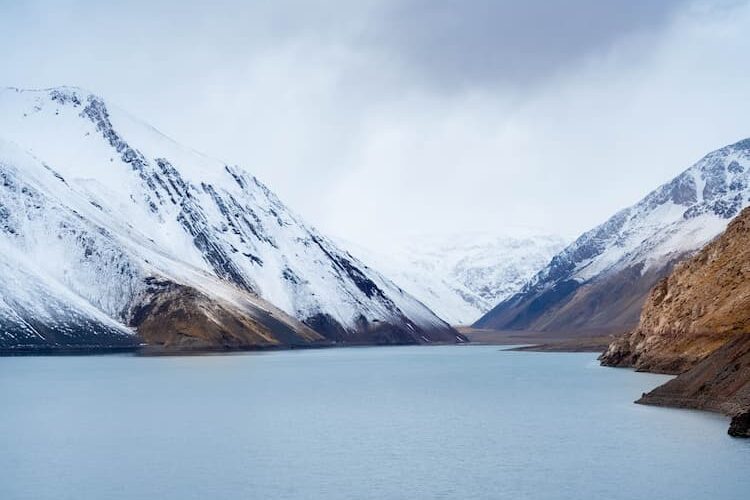The Lake and Volcano Country of the Chilean Andes
I was familiar with waterfalls, but none quite like this one. At a speed of 30 miles per hour (48 kilometers per hour), I was zipping over the treetops as I descended a wire that was approximately 50 feet (15 m) in the air.
There was a haze of white somewhere out to the left of me, and I could hear the rumble of thundering falls. However, we would have to hold off on the waterfall for now. My entire attention was concentrated on the tree that was getting closer and closer while I tried to jog my memory about how to apply the brakes.

THE LAKE DISTRICT OF CHILE RESEMBLES THE SWISS ALPS
Canopy climbing, or “canoeing,” is a growing (though bit mad) sport in the Lake District of Chile. The Lake District is a region in southern Chile, some 650 miles (1,046 km) from the capital of Santiago, known for its verdant valleys, towering cone-shaped volcanoes, and emerald lakes.
Much of the area is reminiscent of the Alps in Germany and Switzerland. Since many of the first settlers were German and still speak German, it can also sound like that.
In the midst of Chile’s first national park, Parque Nacional Vicente Pérez Rosales (created in 1926) was where I found myself. As a matter of fact, I was petrified. Canopying is traversing lines strung between trees at a height of 40 to 50 feet (12-15 m) while using an alpine climbing harness.
The term “canopying” refers to the fact that you are quite high in the trees, in the “canopy” of the trees.
For the following “station,” a wooden platform perched high on a tree, you simply sit in your harness and let gravity do the rest as you slide down the wire for about a quarter mile (400 m), across streams and through treetops.
Squeezing the leather clenched in your palm around the wire slows you down. It’s rudimentary, but it does the job.
CANOPYING IS AN EXHILARATING WAY TO SEE THE COUNTRYSIDE
One British participant described the two-hour canoeing between eight stations as requiring “more bloody courage than anyone has ever exhibited without getting a medal.” According to the promotional materials, it provides “a good quota of adrenaline.” And it’s a thrilling way to take in the scenery.
And the beautiful rural areas that southern Chile is known for.
Chile is around 2,880 miles (4,635 km) long and no more than 277 miles (445 km) wide anywhere in its interior. You could fit roughly four times as much land as California with a pencil of this thickness, making it the size of Texas.
The huge Andes Mountains run the length of Chile’s eastern border, separating the country from Bolivia and Argentina.
The national park was a stop on our way through the beautiful Cruce de Lagos, or “cruise of the lakes,” which runs across the Andes Mountains from Chile to Argentina.
Driving over craggy, snowcapped mountain passes and cruising across the chain of three fiord-like lakes, each rimmed with volcanoes and falling waterfalls, make up the bulk of the full-day tour’s four buses and three ferries.
In the 2003 film Motorcycle Diaries, Che Guevara travels across these mountains. The Huilliches, the indigenous people of southern Chile, have been using this route to traverse the Andes for hundreds of years. Later, upon establishing their missions in the area, the Jesuits of Chiloe made advantage of this lake crossing route.
Ricardo Roth Schütz, a young Swiss adventurer, saw the potential in the lakes passage’s tourist industry in the early 20th century. One of the lakes had to be crossed, and it could take several days to do it by rowboat.
The 117-mile (188-kilometer) journey between Puerto Montt, Chile, and the ski resort of Bariloche, Argentina, can now be made in a leisurely eight hours thanks to a modern enterprise maintained by descendants of the Roth family.
Even though this is one of South America’s most beautiful itineraries, most travelers can only take in the sights from the safety of their bus or ferry. In the middle of our journey, we stopped for three days in the small town of Peulla (population 120).

PEULLA HAS AN END-OF-THE-WORLD FEEL TO IT
For good cause, Peulla gives off an apocalyptic vibe. It’s not the most accessible location. There is only one method to get there from the west, and that is to take a boat across All Saints Lake (Lago Todos Los Santos), which is often considered to be the most beautiful lake in the area.
The voyage across the lake takes two hours, but the views are nonstop. Views of the erupting volcano Osorno, which Charles Darwin observed from the Beagle’s decks in 1835, can be seen in one direction. When you turn around, you can see the majestic volcano Tronador, the highest point in the region at 11,450 feet (3,490 m).
It is about a half mile (400 m) from the Peulla ferry pier to the town’s two lodges. The town can’t expand much because it’s in the middle of Vicente Pérez Rosales National Park, which covers 2,512 square miles. Built in 1896, the 76-room Hotel Peulla exudes an air of the Swiss Alps.
There is a great view from the bar’s outdoor deck, where you can sit and stare over mountains and hear the constant roar of a nearby waterfall, but the hallways and several of the public areas are a bit dreary.

The 260 annual days of precipitation combine with the rugged topography and relative isolation of the area to ensure that the roar of a gushing waterfall is never far away.
The Swiss-inspired Hotel Natura Patagonia, with 45 rooms, debuted in 2006 next to the Hotel Peulla. The lobby boasts a roaring wood-stoked fireplace and floor-to-ceiling windows overlooking the Andes, while the rooms have native woods, cable TV, and Internet access.
There is a fine selection of Chilean wines to pair with the steaks and seafood served in the restaurant.
We began the day with canopying and then transitioned to horseback riding. At the foot of the Andes, we splashed our horses through the shallow Rio Negro while dressed like dashing gauchos in knee-length half chaps.
Condors and kingfishers soared overhead, and the roar of a waterfall carried on the wind from the high, snow-covered crags above.




